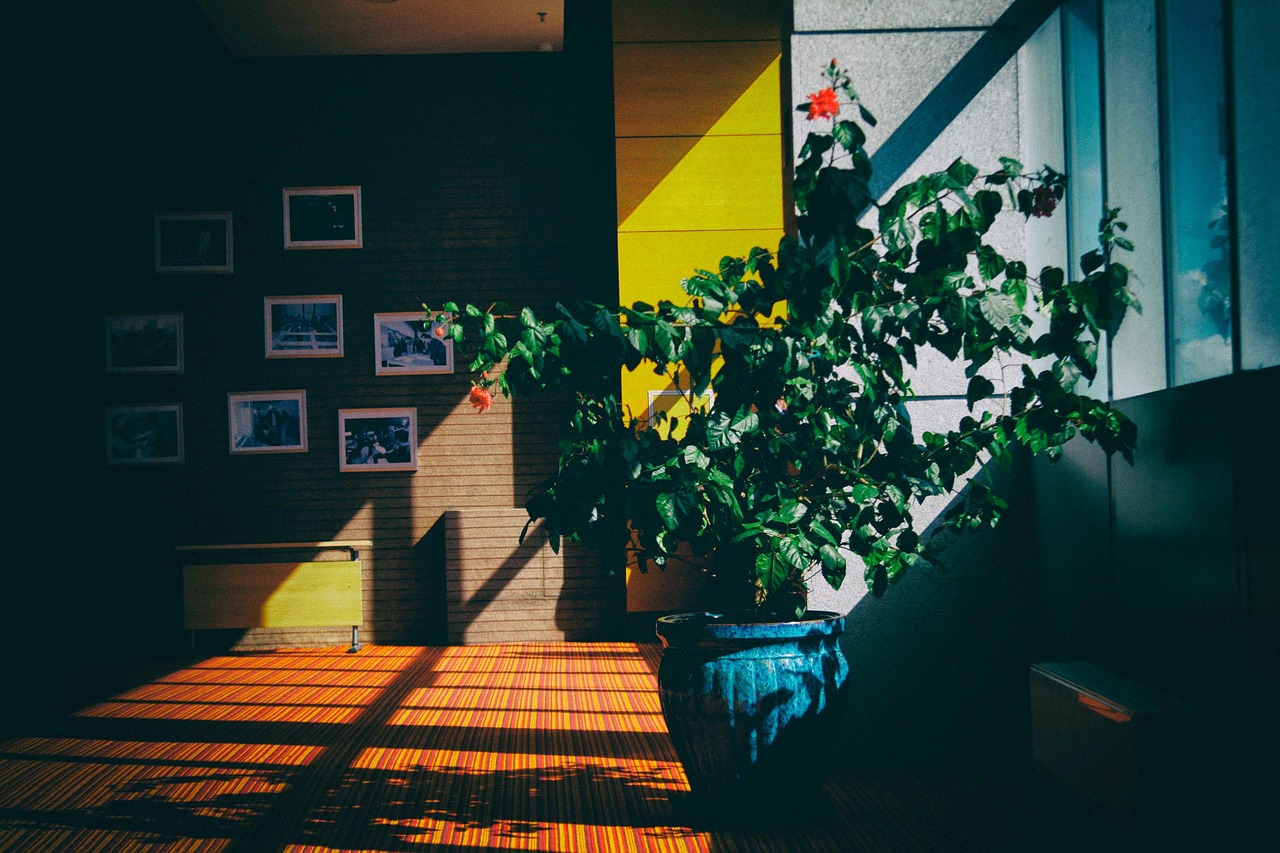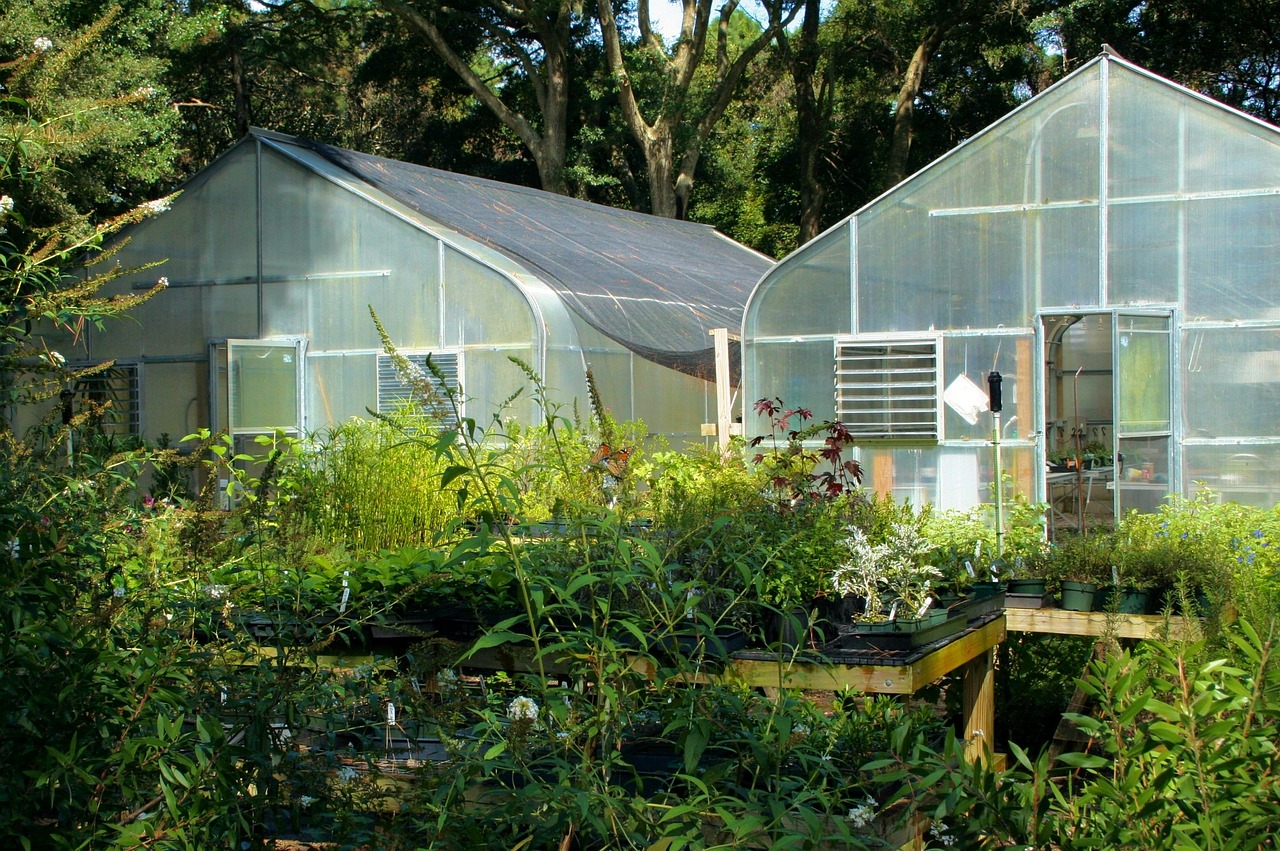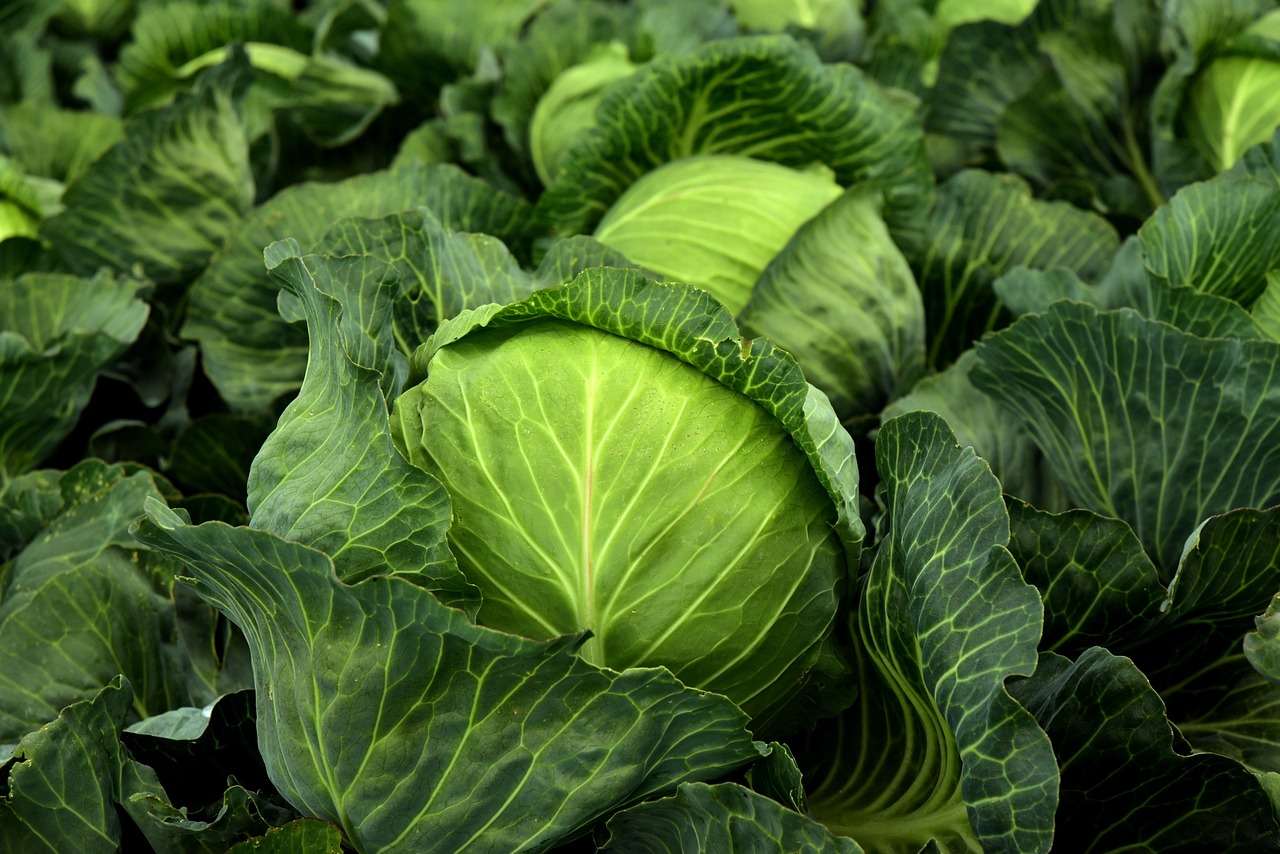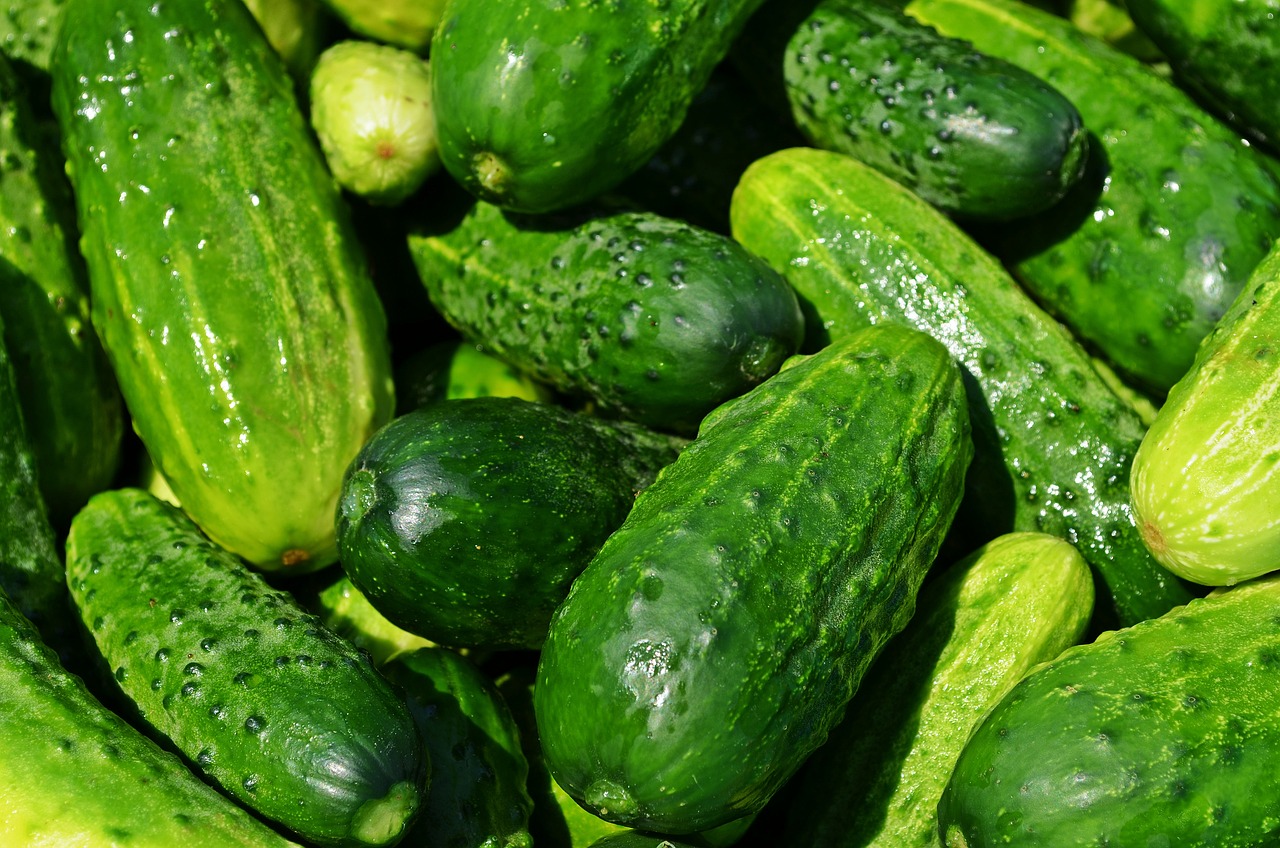Do you want to add a touch of artistry to your garden or indoor space? Look no further than the art of topiary.
By shaping living plants into sculptures, you can create stunning and unique designs that are sure to impress.
The art of topiary has a long history, dating back to ancient Rome where ornamental hedges were first used to decorate gardens.
Today, topiary has evolved into a sophisticated art form that requires skill, patience, and creativity.
By choosing the right plants, using proper techniques, and maintaining your design, you can create a beautiful and lasting work of living art.
A Brief History of Topiary: From Ancient Rome to Modern Times
Let’s take a quick journey through time and explore the fascinating history of topiary, from its origins in ancient Rome to the modern-day art form it is today! Topiary, the art of shaping plants into living sculptures, has been practiced for centuries.
In ancient Rome, topiary was used to create elaborate gardens, with hedges and trees trimmed into intricate shapes. Topiary continued to be popular throughout the centuries, with the art form reaching its height during the Renaissance.
Today, topiary can be found in popular culture, from Disney’s topiary displays at their theme parks to the movie Edward Scissorhands, where the main character creates sculptures out of bushes and trees. But topiary is not just a form of entertainment; it is also used as a form of therapy.
Some rehabilitation centers and hospitals use topiary as a way to help patients relax and improve their mental and physical well-being. The art of topiary has come a long way since its humble beginnings in ancient Rome, and its popularity and usefulness continue to grow.
Types of Plants Used for Topiary: Choosing the Right Species for Your Design
Selecting the perfect species is crucial in creating stunning and breathtaking topiary designs. Popular species for topiary include boxwood, yew, holly, and privet. These plants are preferred because of their dense foliage, slow growth, and ability to withstand frequent pruning.
When choosing a plant species, it’s important to consider the final size and shape of the design, as well as the plant’s natural growth habits. Another important factor in selecting the right species for topiary is pruning considerations. Plants used for topiary require regular pruning to maintain their shape and size.
It’s important to choose a plant that can tolerate frequent pruning without being stressed or damaged. Plants that have thin or delicate branches may not be suitable for topiary as they may break or become damaged during pruning. Additionally, some species may require more frequent pruning than others to maintain their shape and size, so it’s important to choose a plant that fits within the time and maintenance constraints of the design.
Techniques for Shaping and Pruning: Tips and Tricks from Topiary Experts
Achieve stunning and intricate designs by learning the techniques for shaping and pruning from topiary experts. It takes time, patience, and skill to create a beautiful living sculpture, but with the right tools and knowledge, you can turn a simple shrub into a work of art.
One technique that topiary experts use is to create alternative materials and unconventional designs. For instance, instead of using traditional wire frames, they may use wooden sticks or bendable branches to shape the plant. This not only adds creativity to the design but also allows for more flexibility in the shaping process.
However, even with the best techniques, there are common mistakes that can ruin your topiary design. One mistake is over-pruning, which can lead to a bare and unattractive plant. To avoid this, it’s essential to know the proper time and amount of pruning needed for each plant species.
Another mistake is neglecting the plant’s health. A healthy plant is necessary for a successful topiary design, so make sure to provide proper watering, fertilization, and pest control.
By avoiding these mistakes and incorporating alternative materials and unconventional designs, you can create a stunning and unique topiary sculpture that will impress all who see it.
Maintaining Your Topiary: Watering, Fertilizing, and Preventing Pest Infestations
To maintain your topiary, you’ll need to water it regularly, fertilize it when necessary, and prevent pest infestations. Depending on the size and complexity of your topiary, you may choose to do the maintenance yourself or seek professional help.
If you’re opting for a DIY approach, make sure to research specific care instructions for the type of plant you’re working with and adapt your maintenance routine for the climate you live in.
Watering is essential for keeping your topiary healthy. Make sure to water it deeply, allowing the soil to fully absorb the moisture. However, be careful not to overwater as this can lead to root rot.
Fertilizing should be done sparingly and only when necessary. Too much fertilizer can cause excessive growth and ruin the shape of your topiary.
Finally, preventing pest infestations is crucial for maintaining the health of your plant. Regularly inspect your topiary for signs of pests and use organic pest control methods if possible.
With proper maintenance, your topiary will continue to thrive and impress for years to come.
Topiary Design Ideas: From Classic Shapes to Creative Innovations
Get inspired with these amazing topiary design ideas that will make you want to immediately start creating your own living masterpiece.
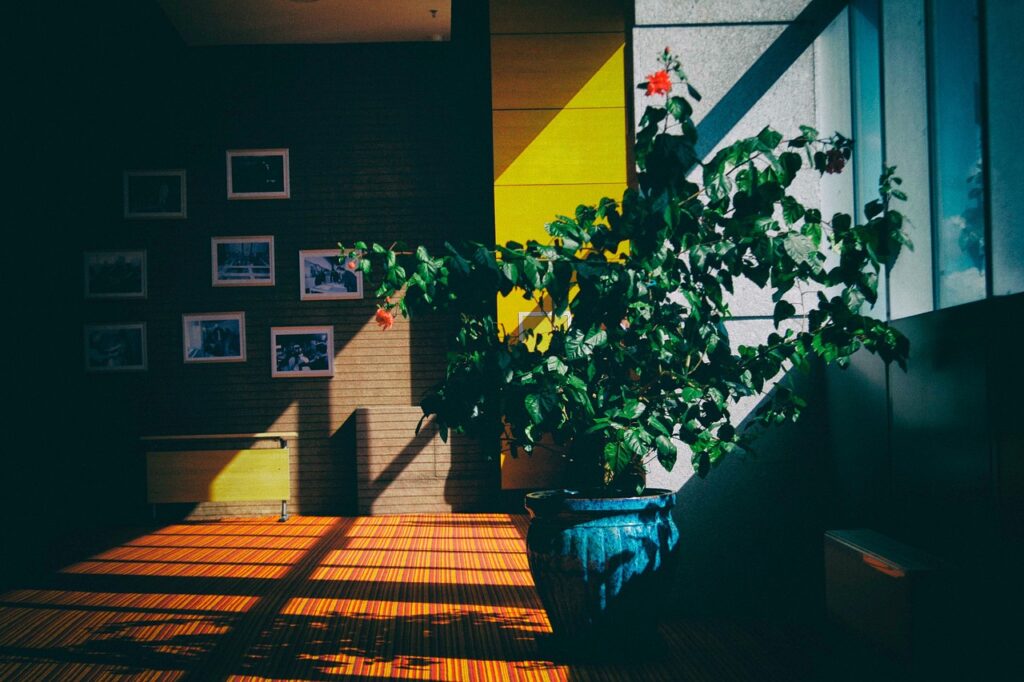
Topiaries are not limited to traditional shapes like balls and spirals. You can create unconventional shapes like animals, abstract designs, or even letters. These shapes will add a unique touch to your garden and showcase your creativity.
Incorporating color is another way to make your topiaries stand out. You can achieve this by using different colored foliage or flowers in your design. For example, you can create a rainbow topiary by using plants with different colored leaves arranged in a spectrum.
Additionally, creating topiary groupings and installations can add drama and impact to your garden. You can create a topiary maze or a collection of different shaped topiaries to create a stunning display.
The possibilities are endless when it comes to topiary design, so let’s get creative!
Frequently Asked Questions
Can any plant be used for topiary or are there specific species that work best?
When it comes to topiary, plant selection is crucial. Consider growth rate, leaf size, and overall shape. Experiment with different topiary design techniques to find what works best for your chosen plant.
How long does it typically take for a topiary to reach its desired shape?
The time it takes for a topiary to reach its desired shape depends on various factors affecting its growth, such as the type of plant used, topiary maintenance, and weather conditions.
What tools are needed for topiary pruning and shaping?
To prune and shape a topiary, you’ll need a variety of topiary pruning tools, such as shears, clippers, and wire cutters. Techniques for topiary shaping include using frames, templates, and careful pruning to create the desired shape.
Can topiary be created indoors or is it strictly an outdoor art form?
You can create indoor topiary as long as you have the right plants and lighting. Topiary maintenance includes regular pruning and shaping. Keep in mind that indoor topiary requires more attention and care.
How do you prevent animals from damaging or eating your topiary creations?
To prevent animals from damaging your topiary, try using repellents or physical barriers like netting or fences. Maintenance during different seasons is also important, as animals may be more active during certain times.
Conclusion
Congratulations! You’ve learned about the ancient art of topiary and how to create your own living sculptures with plants. By choosing the right species and using proper techniques for shaping and pruning, you can turn your garden into a work of art.
Remember to maintain your topiary with regular watering, fertilizing, and pest prevention to keep it looking beautiful for years to come. Whether you prefer classic shapes or innovative designs, there are endless possibilities for topiary.
Let your creativity run wild and experiment with different plants and styles to create a unique masterpiece. With patience and dedication, you can master the art of topiary and enjoy the beauty of your living sculptures for generations to come.






